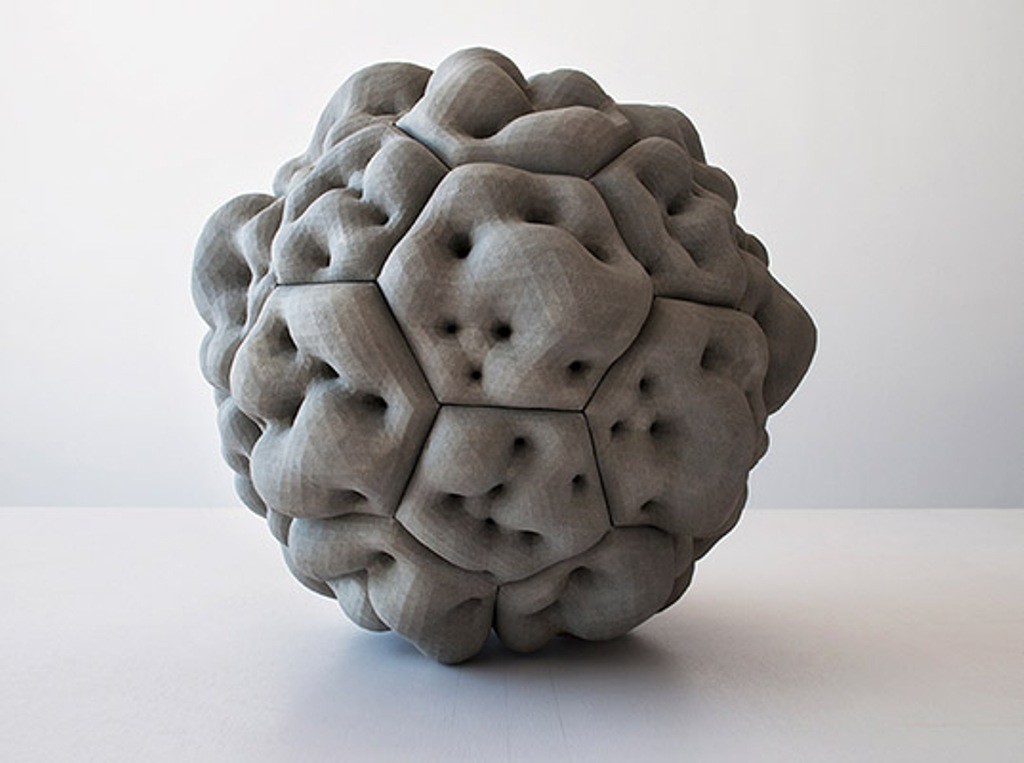


Thanks to its special composition and Shape Memory Polymer technology, parts printed with this filament can be modified manually, allowing them to acquire another shape and maintain it over time. An example would be Convena's TPU SMP: a 4D filament with a composition based on TPU (thermoplastic polyurethane) that allows post-processing to modify the shape of 3D printed parts. Polymers that remain rigid at room temperature and offer special properties when they reach the glass transition point. However, there are some very interesting ones. As this is a fairly new technology, the materials available are not as varied as those used for standard 3D printing. The key to 4D printing is not so much the process, based on the familiar 3D printers, but the materials. This is precisely the difference between 3D and 4D technology: the ability of objects to transform over time without human intervention. That is, obtaining an object through 3D technology that, thanks to the properties of the material from which it is made, is able to change when subjected to an environmental stimulus. Inspired by the principle of self-assembly, 4D printing is the process by which a 3D printed object is transformed into a different structure by the influence of external energy input such as temperature, light or other environmental stimuli. They developed a material based on natural structures, such as plants, which was injected with cellulose fibres during the printing process. Meanwhile, a study by the Wyss Institute (part of Harvard University) has succeeded in printing an object that, when it comes into contact with water, changes its shape, resulting in a kind of flowering of its ends. Its purpose is to combine technology and design to invent programmable materials and self-assembly technologies with the aim of reinventing construction, manufacturing, product assembly and performance. Source: Sculpteo.ģD printing has been around for almost 30 years and while it is still in the process of research, discovering new materials and applications, new technologies such as 4D have emerged.Īt the MIT Self-assembly Lab, they have developed a project of which 4D printing is a part. Image 1: 4D printed claw modifying its shape. These are just some of the possible applications that 4D printing technology is envisaged to realise.

Difference between 3d and 4d objects crack#
What if pipes could automatically fix themselves if they crack or break, or clothes could change according to the weather or the activity the user is doing? Furniture that assembles itself, prostheses that adapt to growth.


 0 kommentar(er)
0 kommentar(er)
